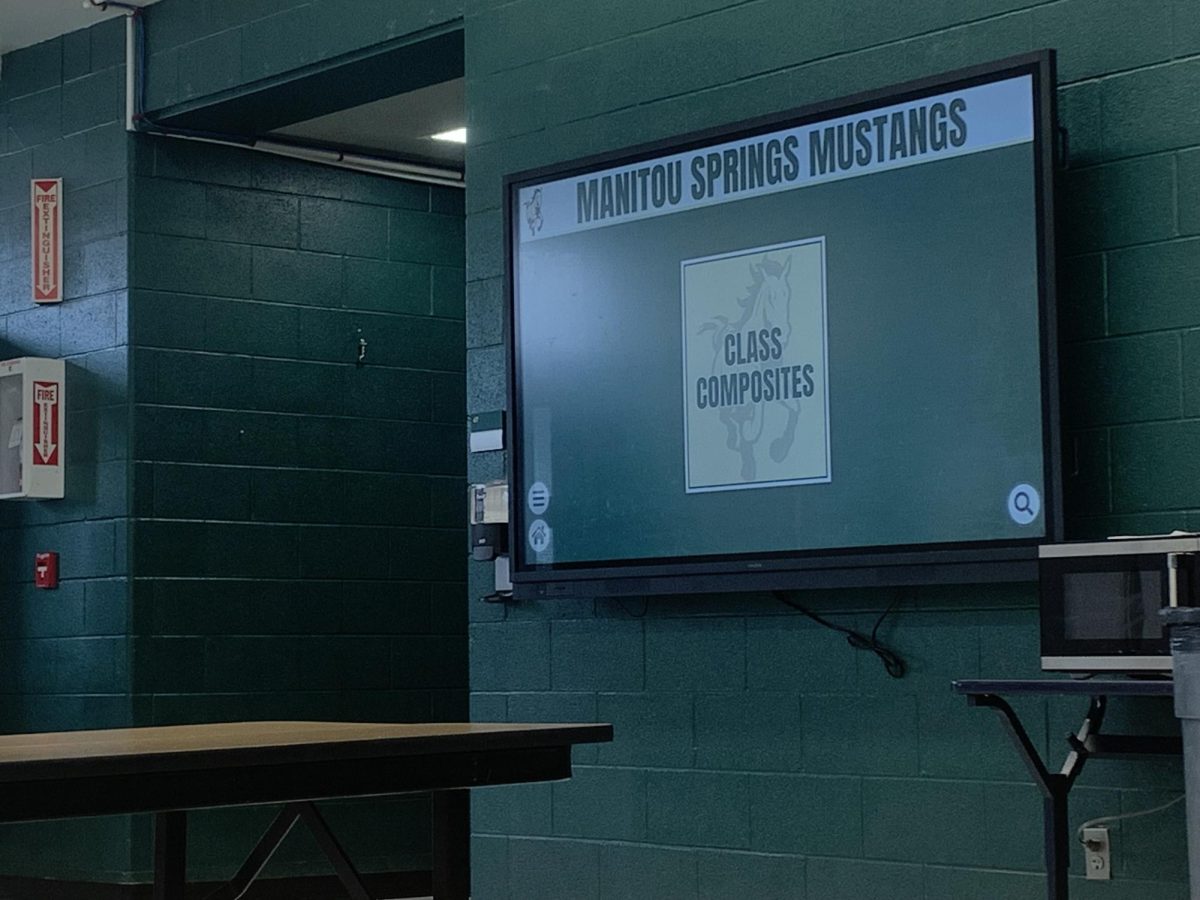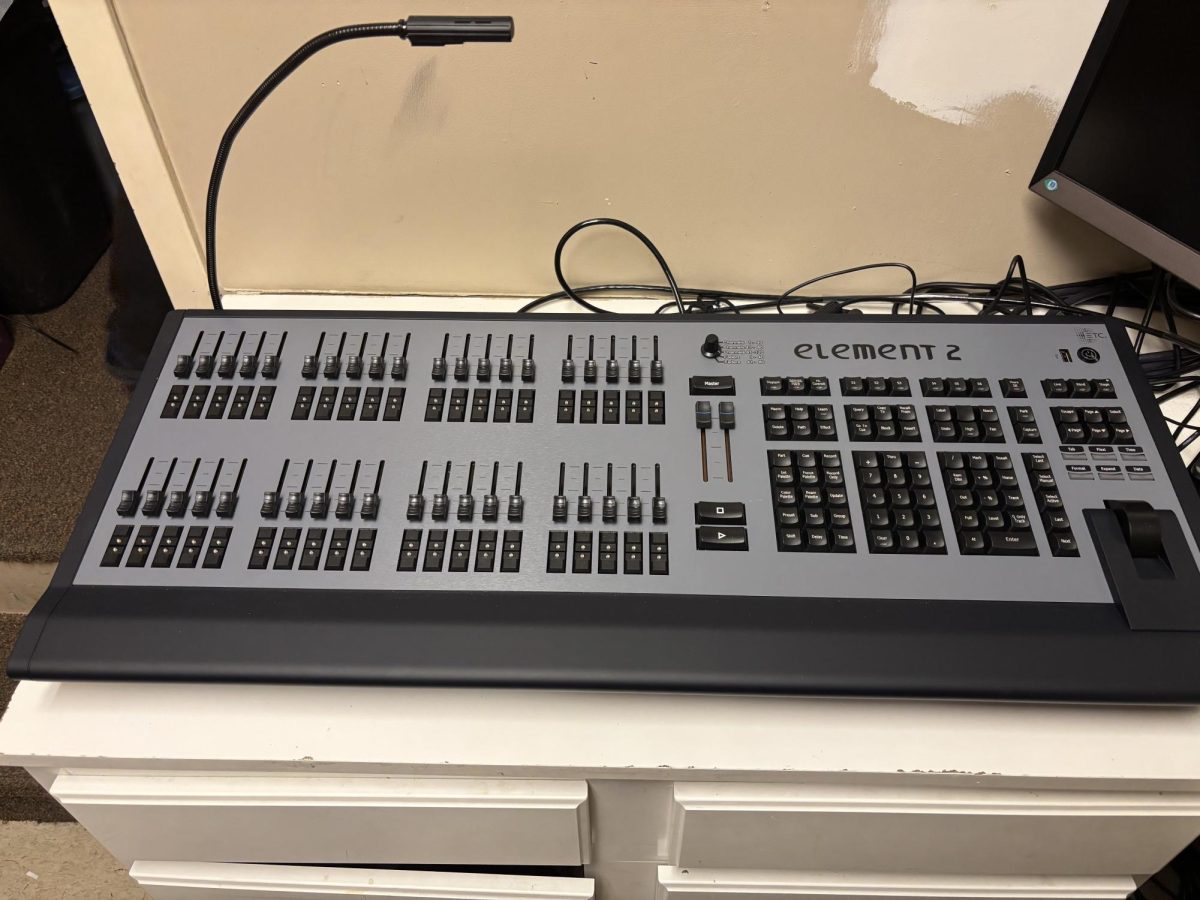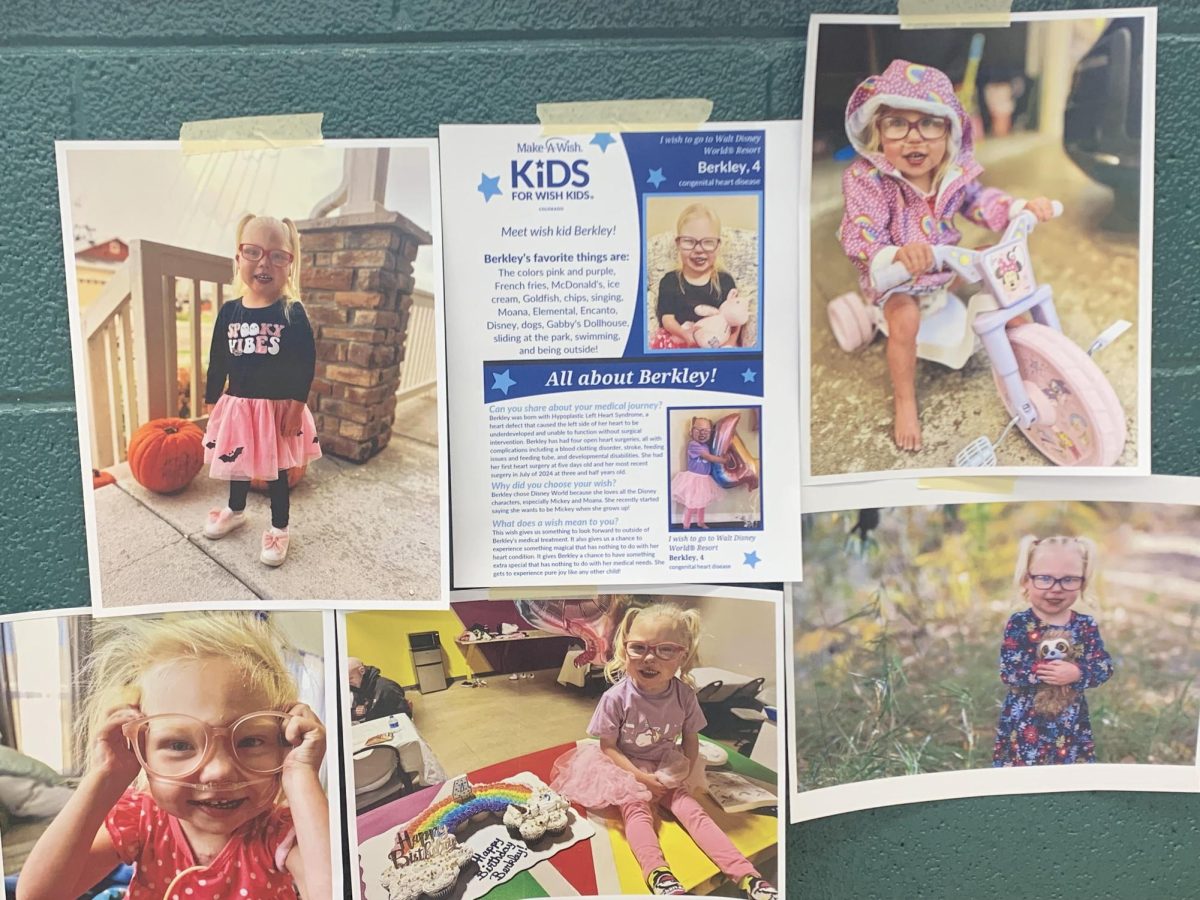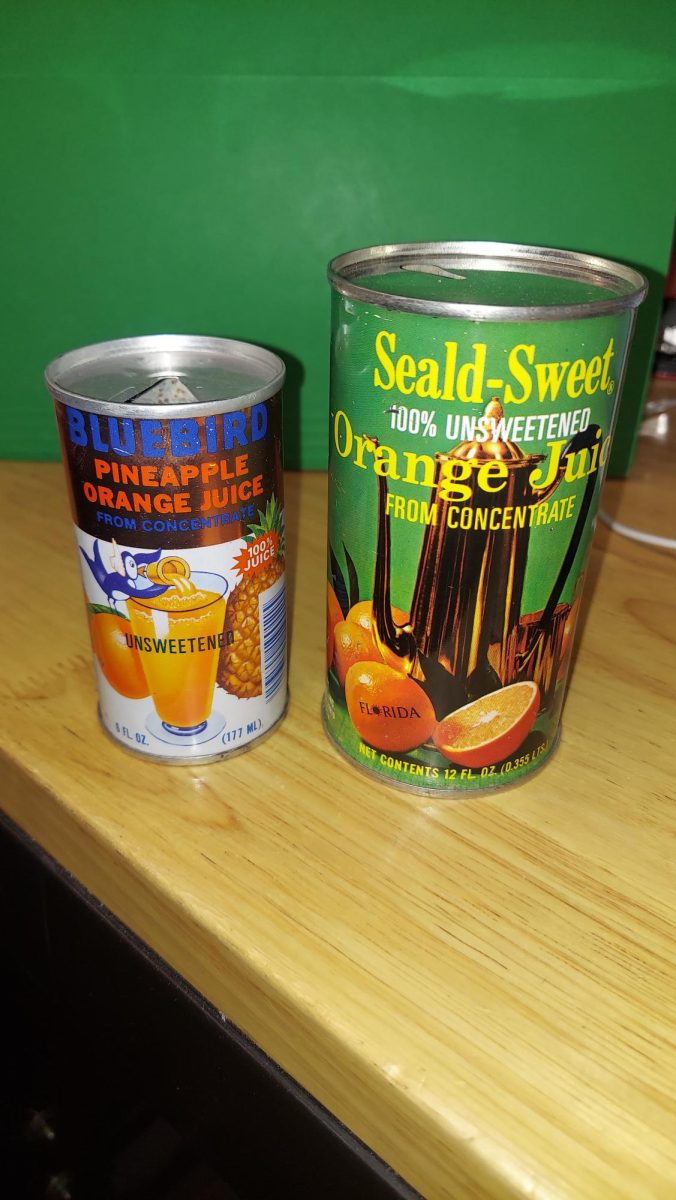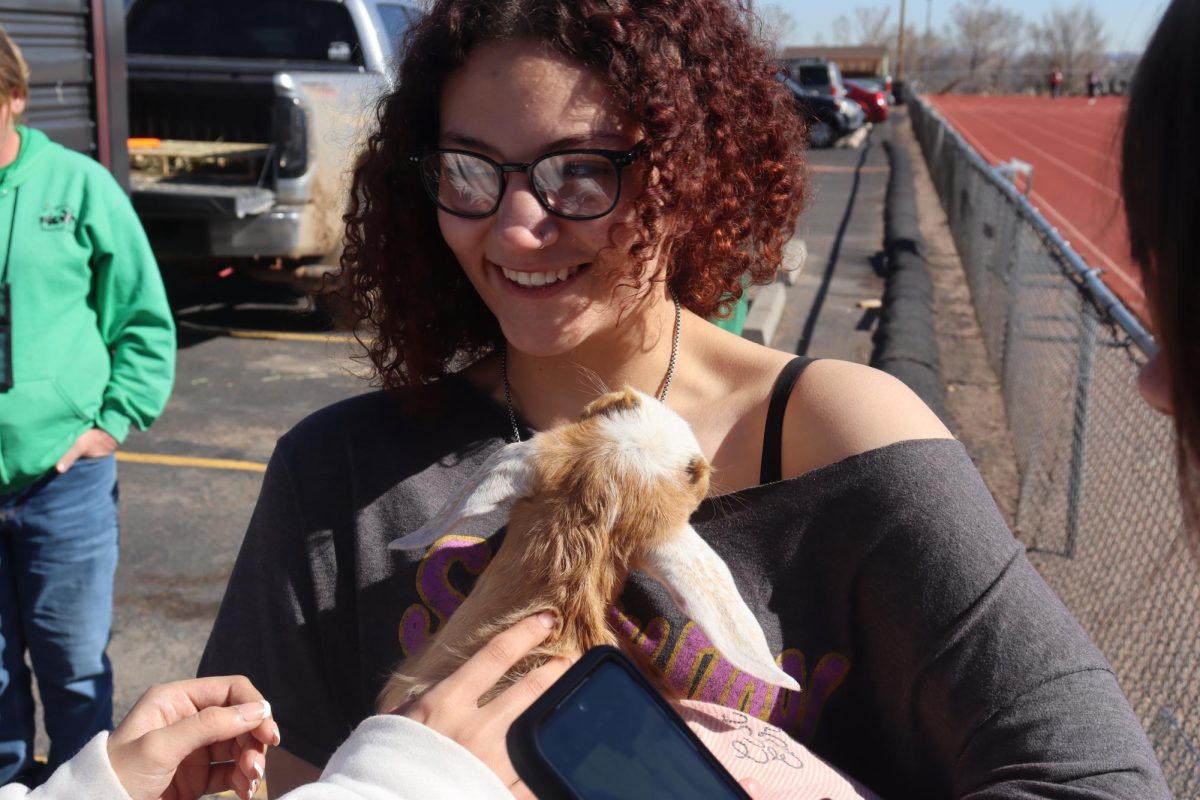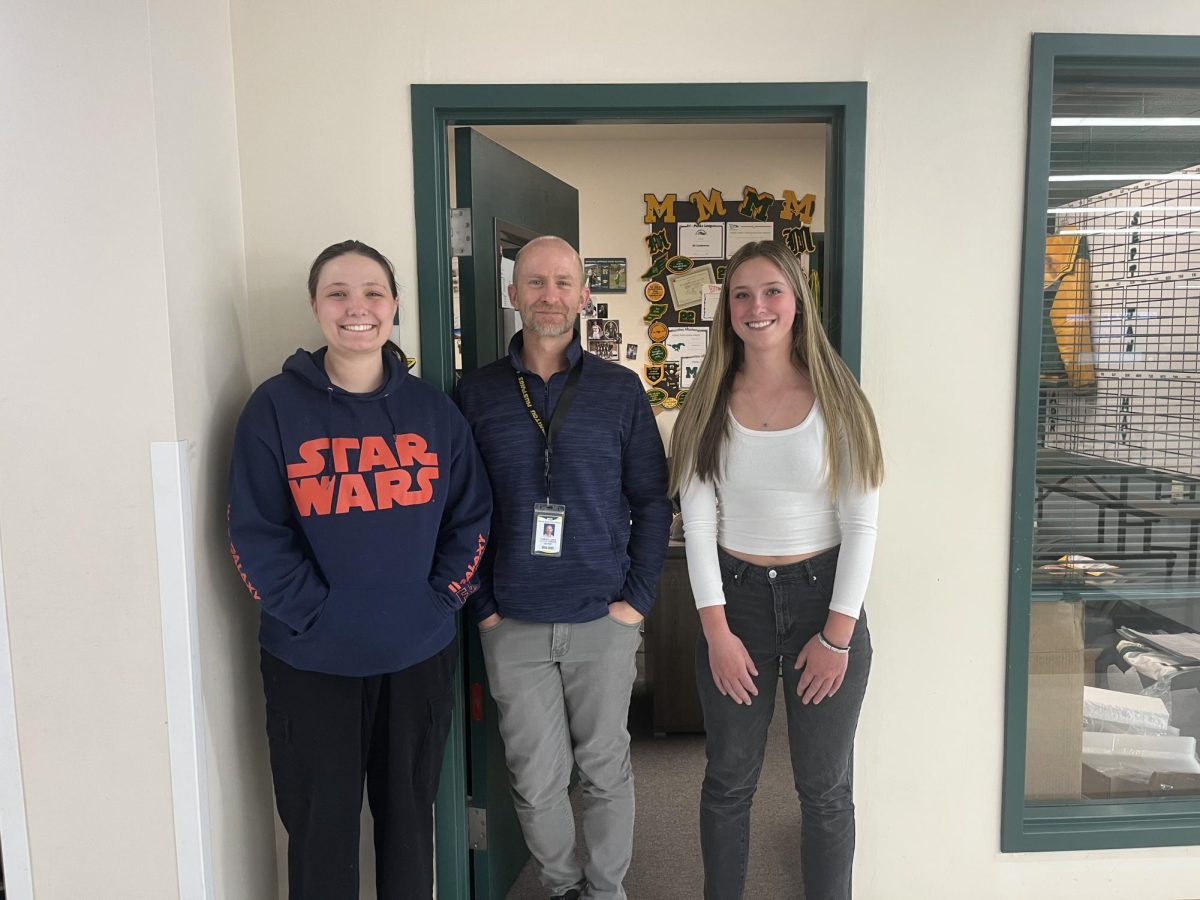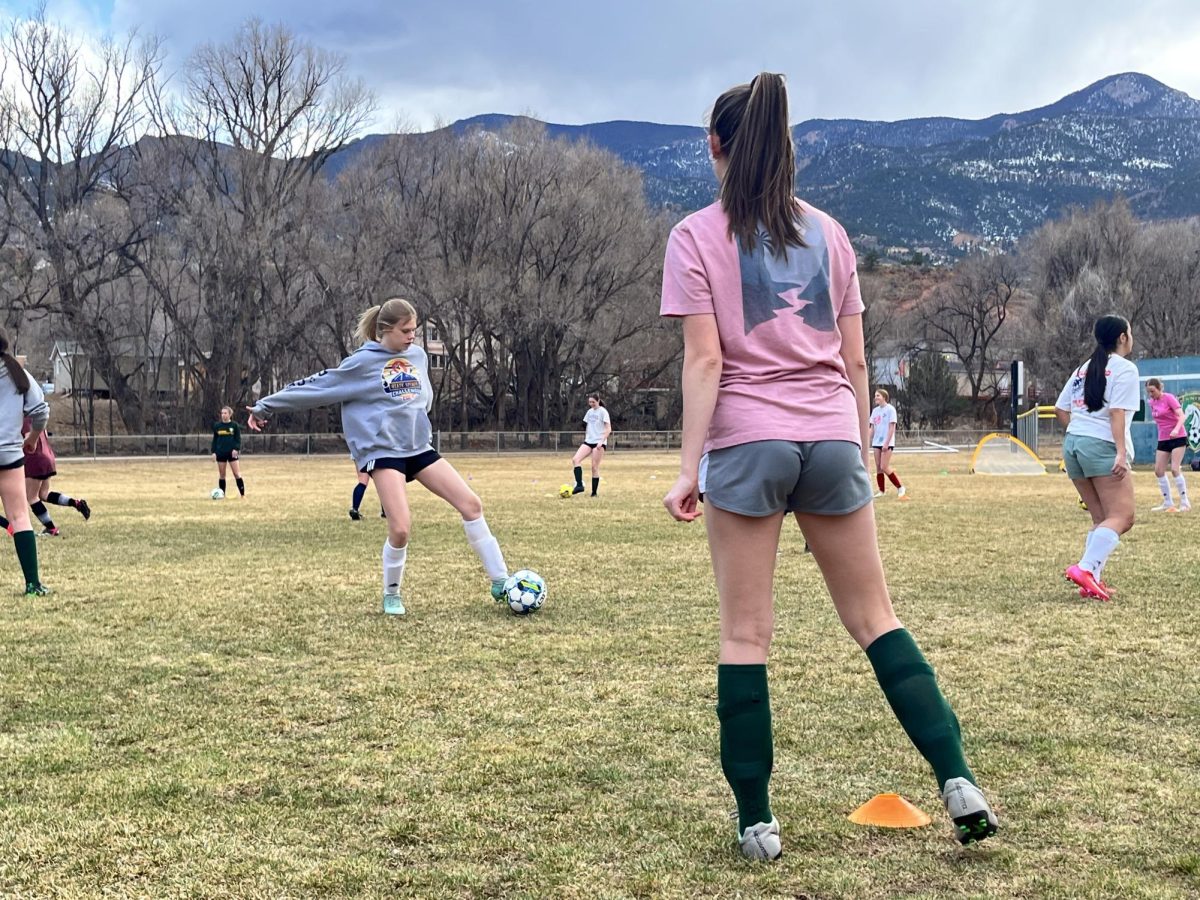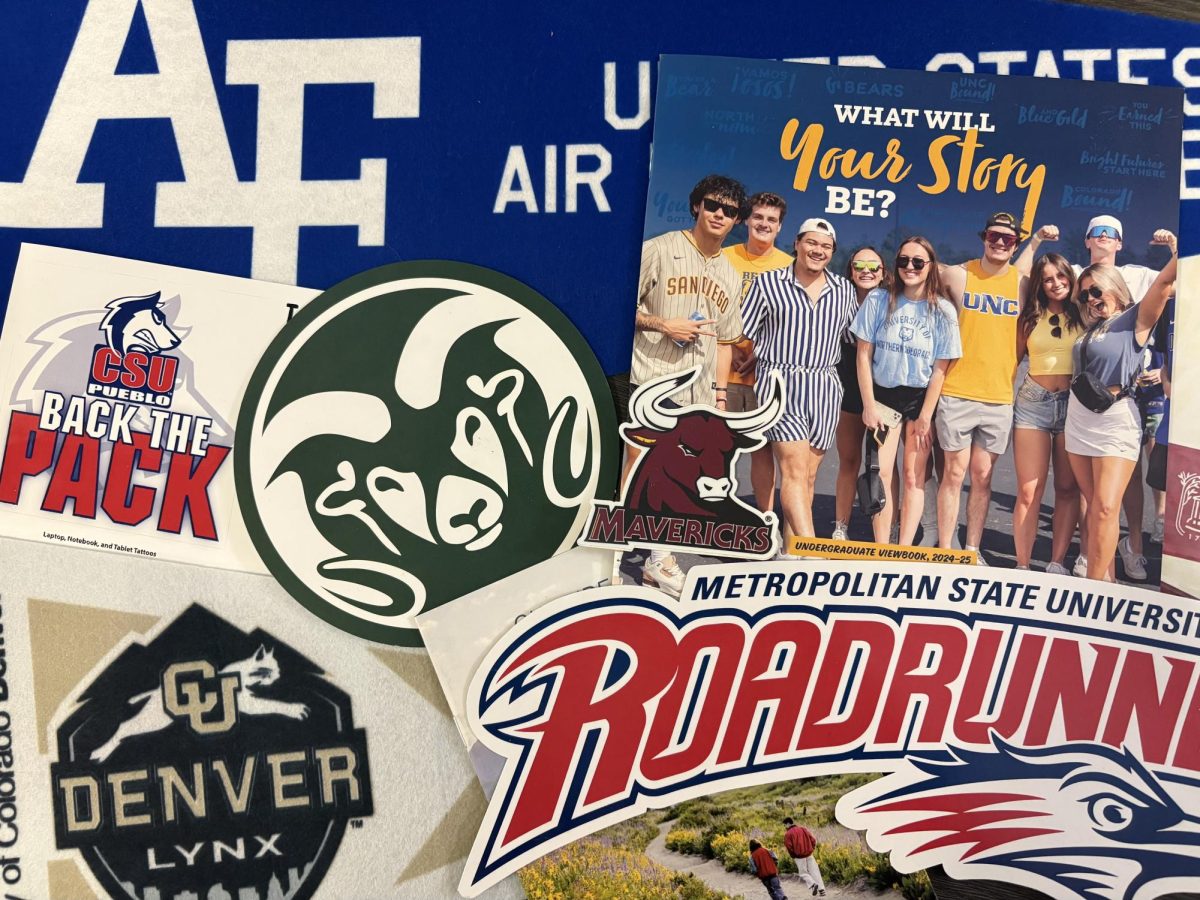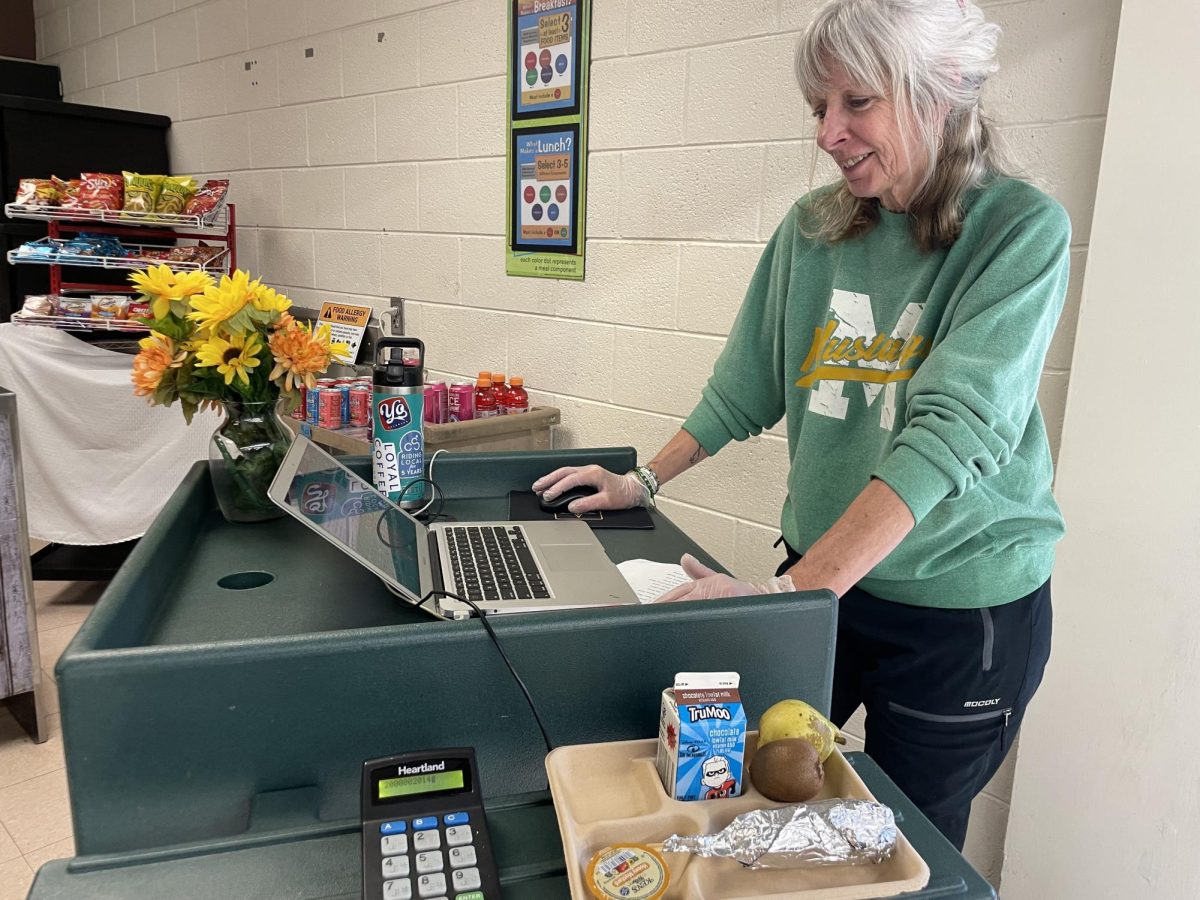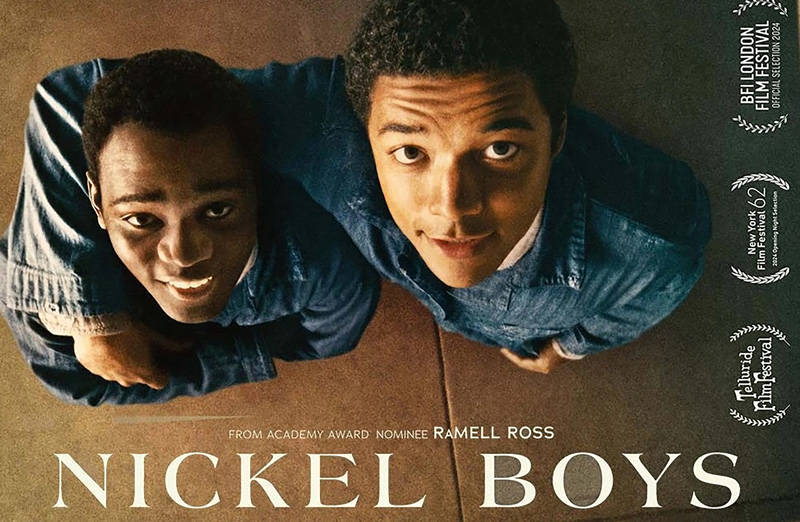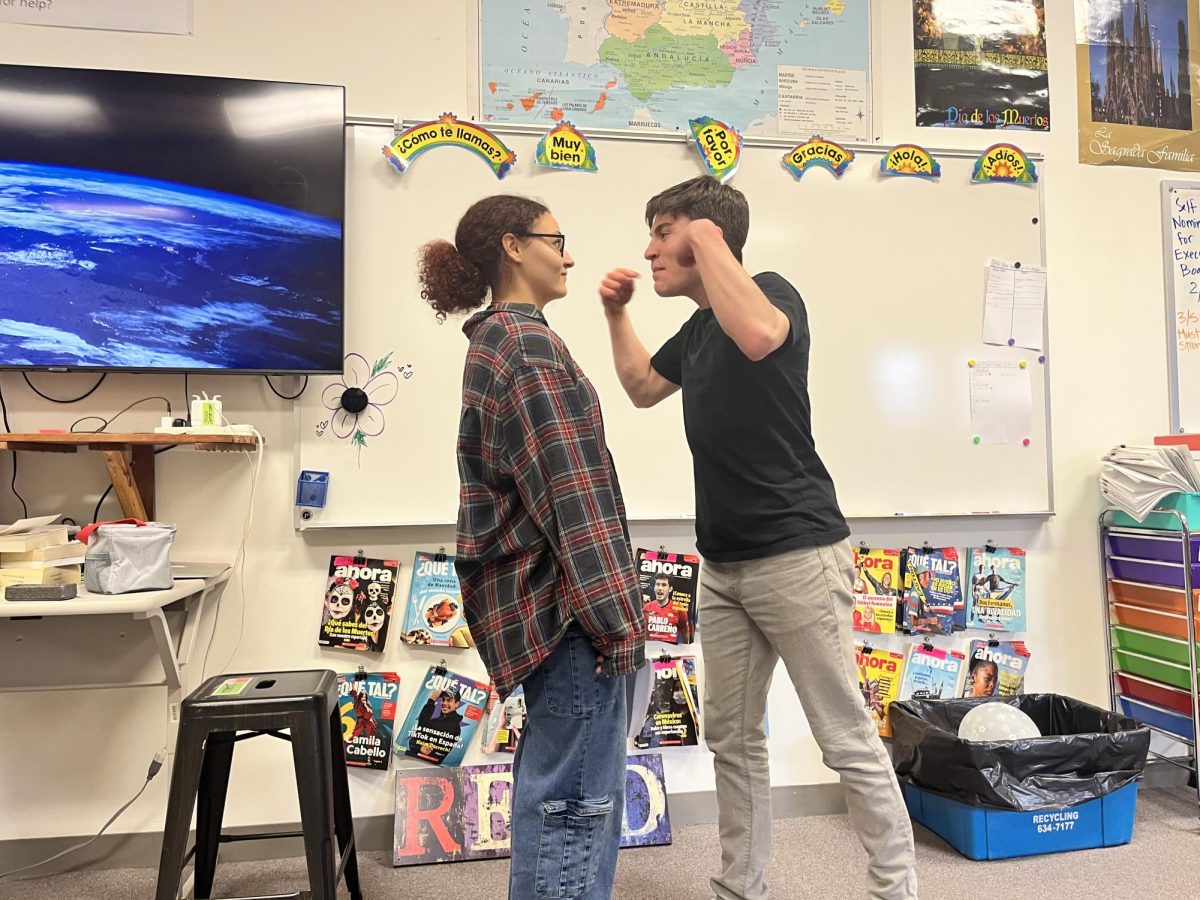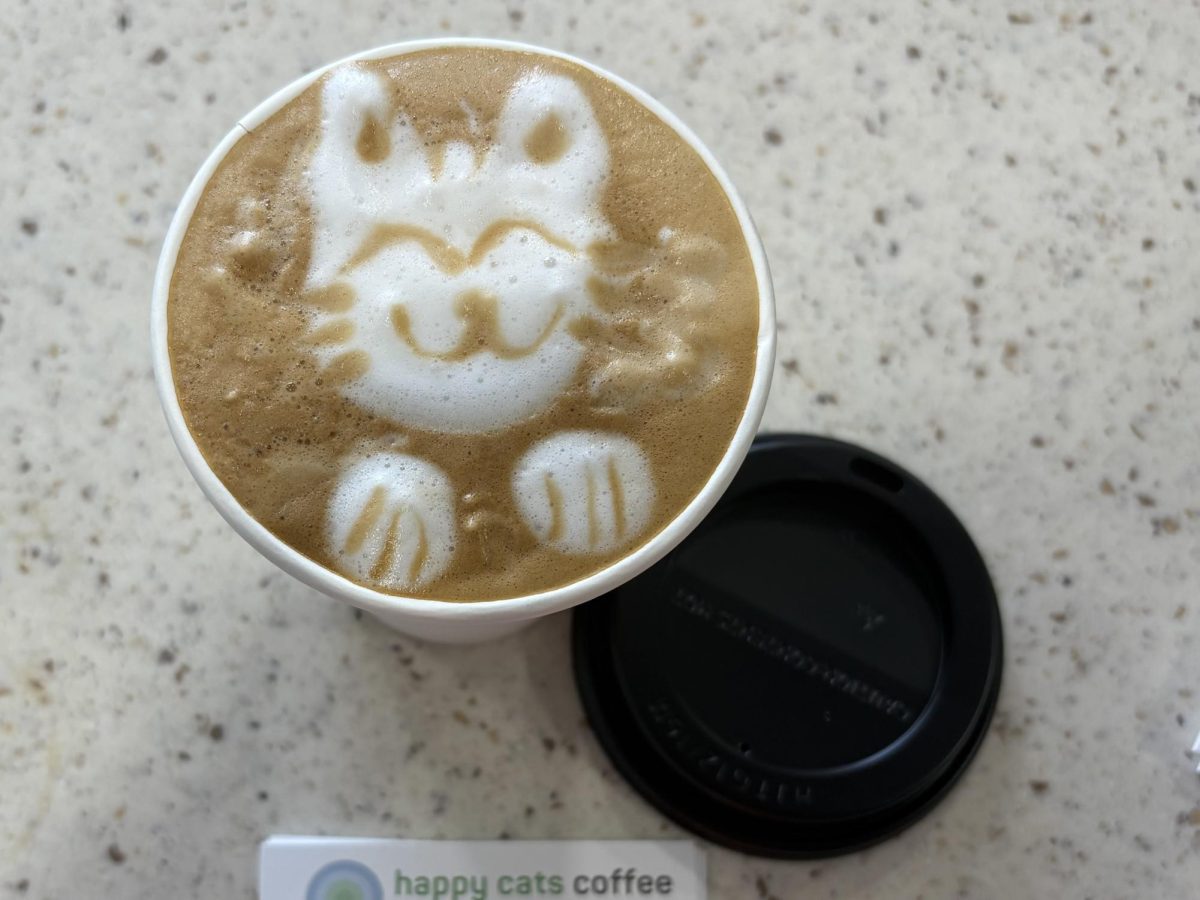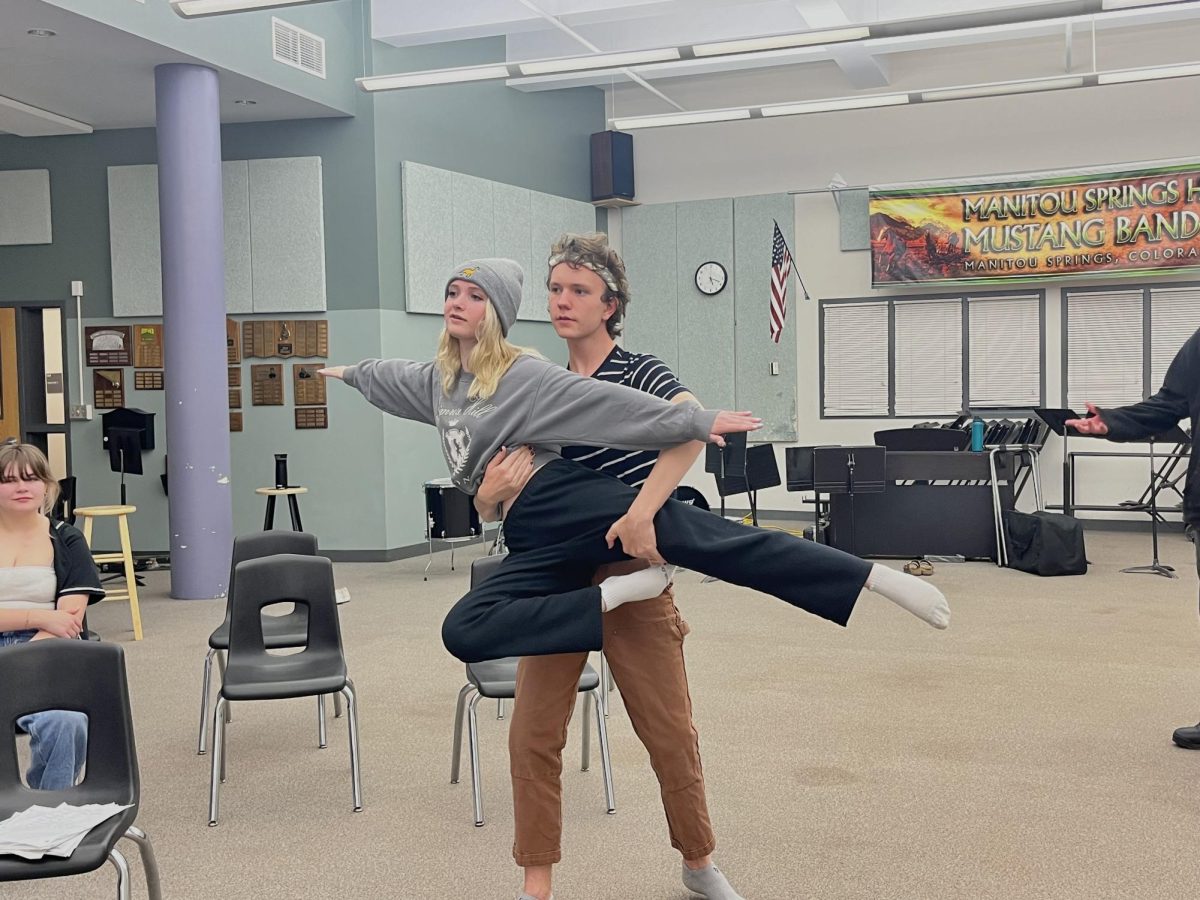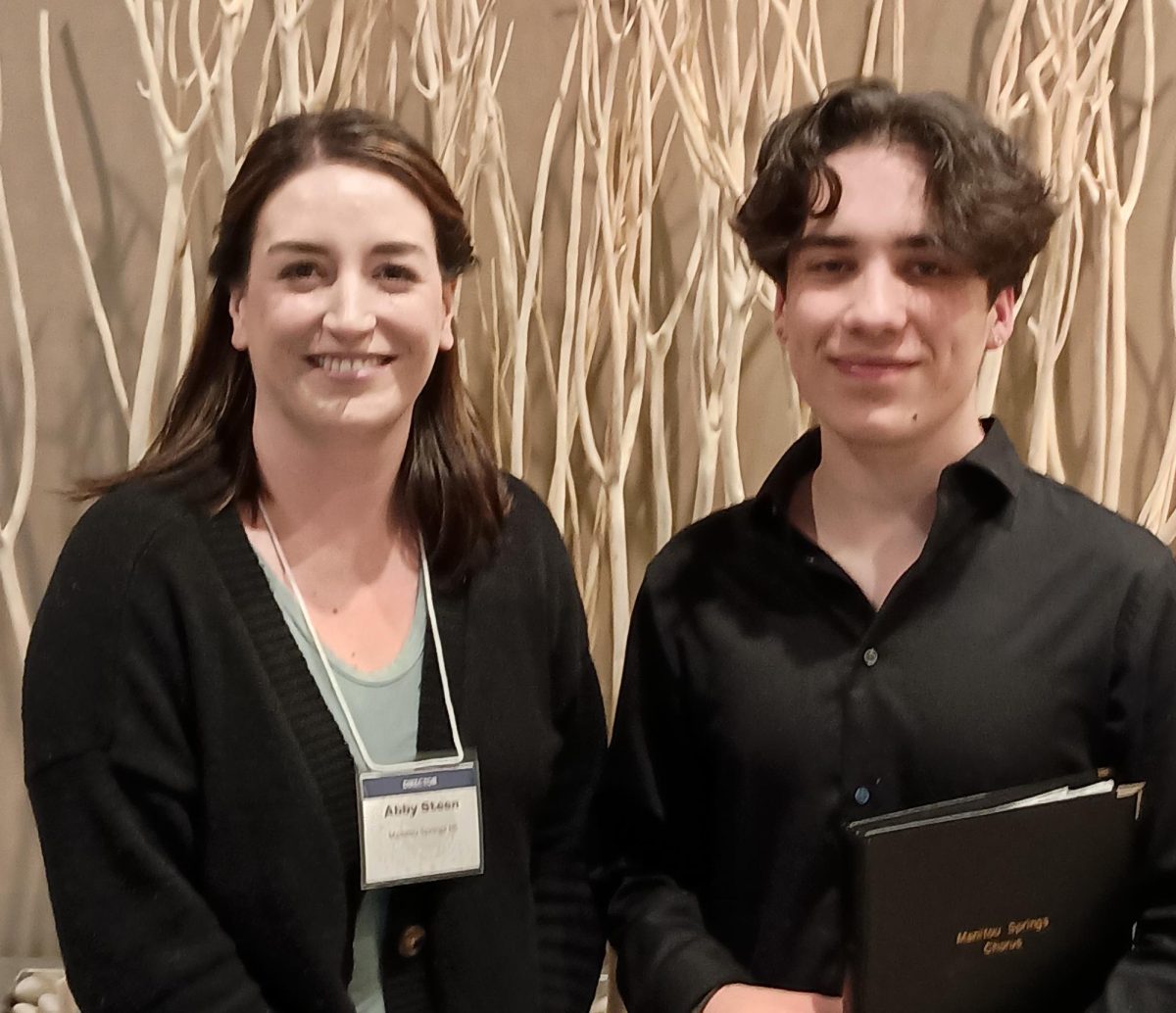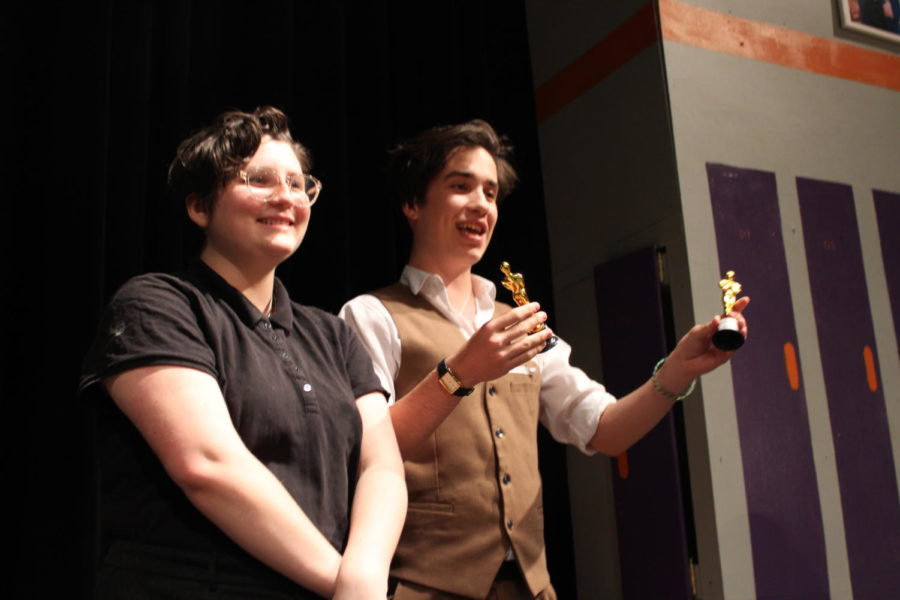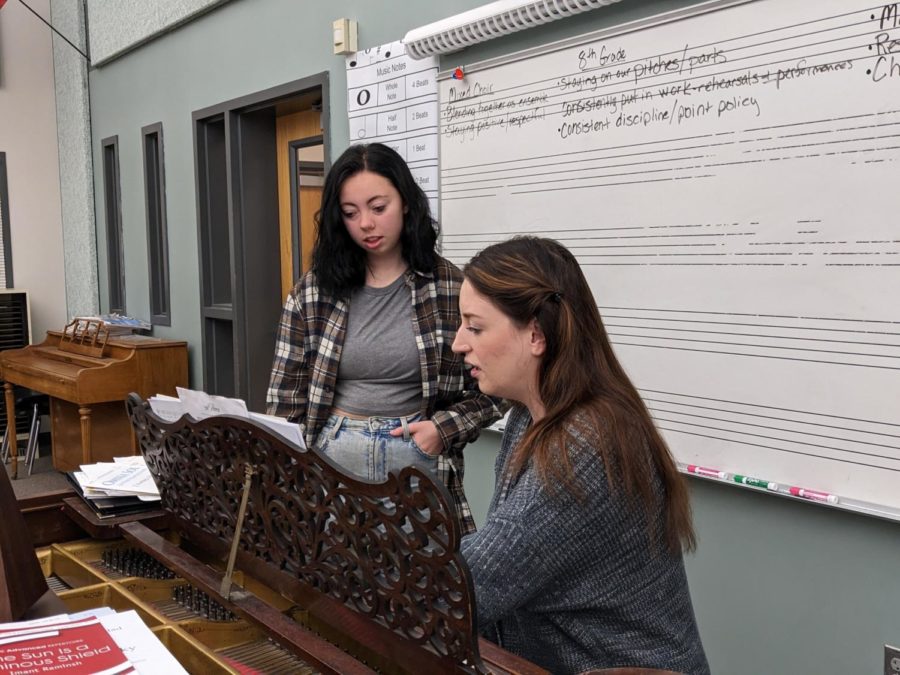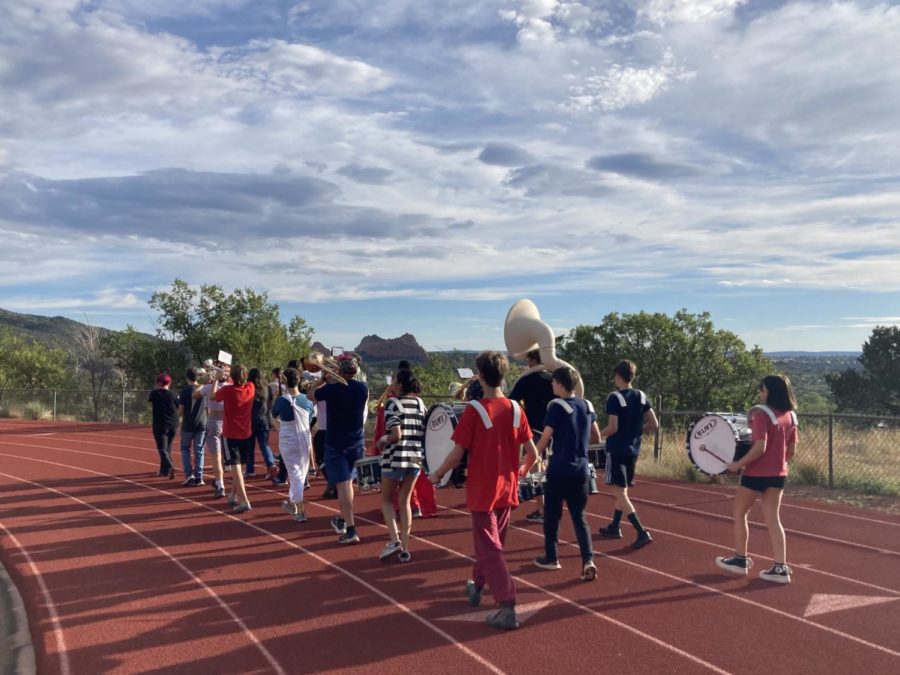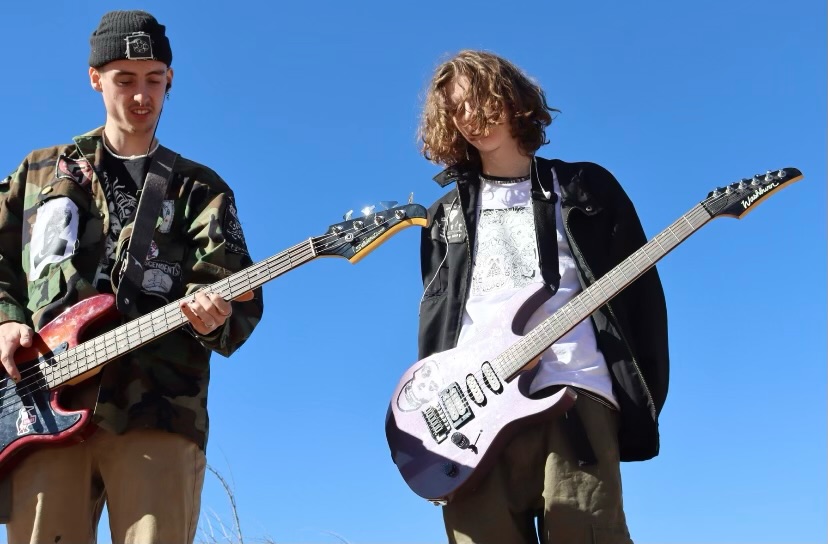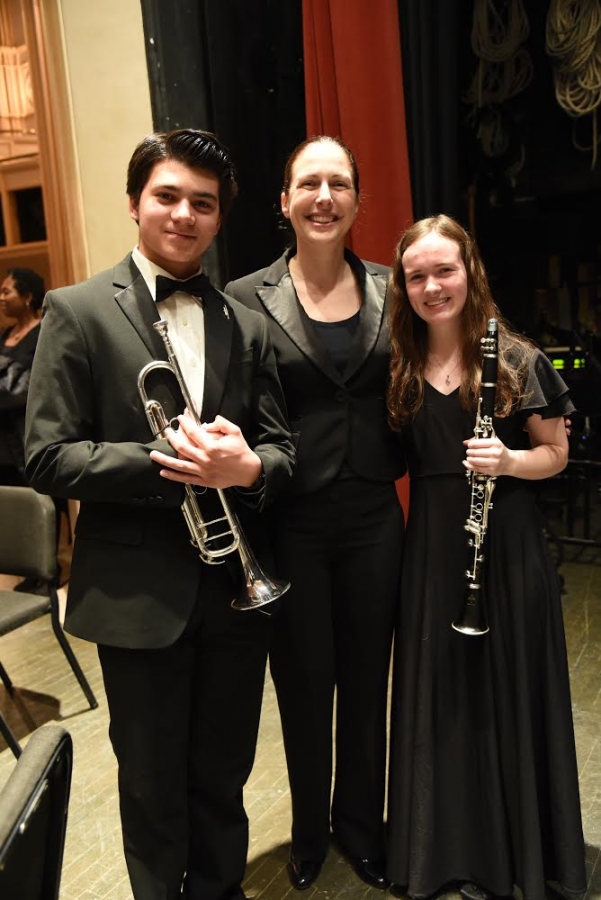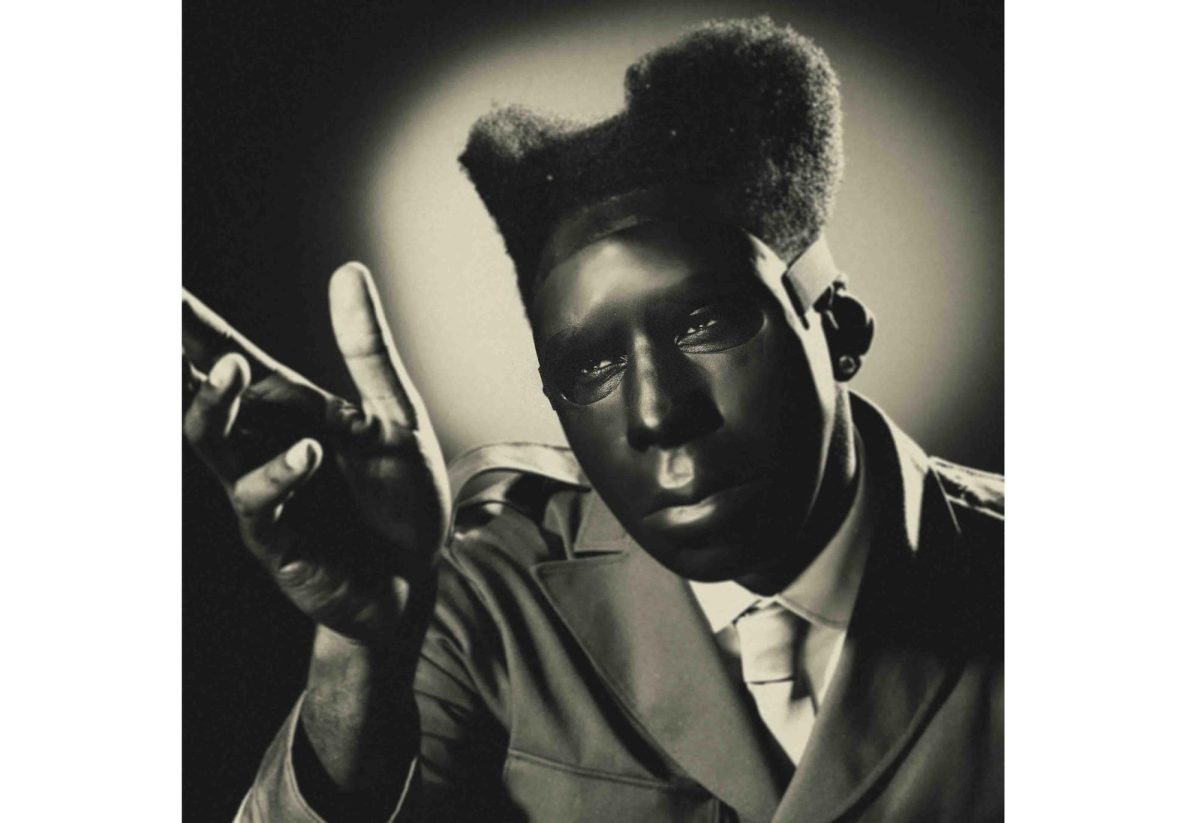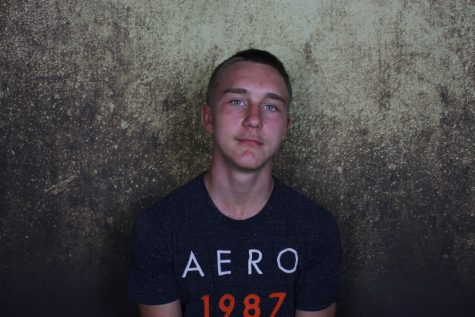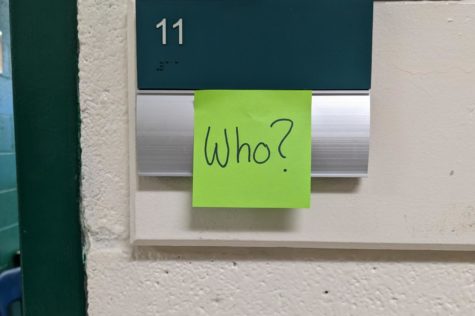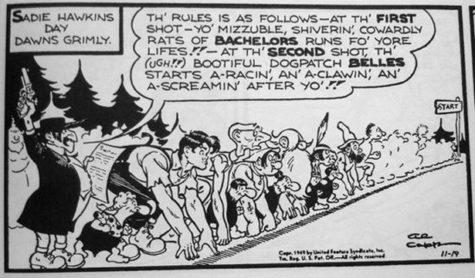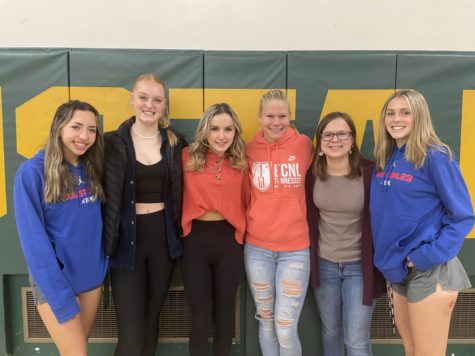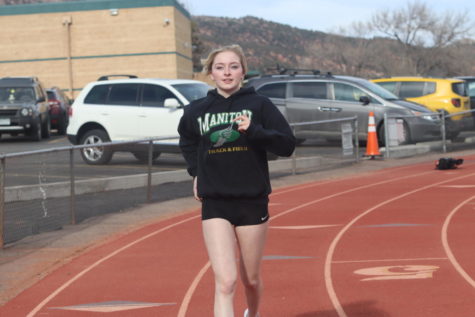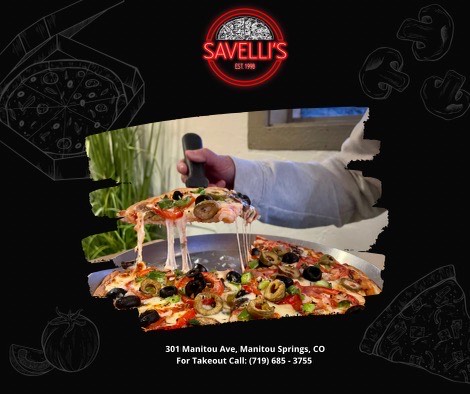Latvia: Culture, Tradition, and Environmental Awareness
November 16, 2016
https://www.youtube.com/watch?v=bajdxZ8uAxc&feature=youtu.be
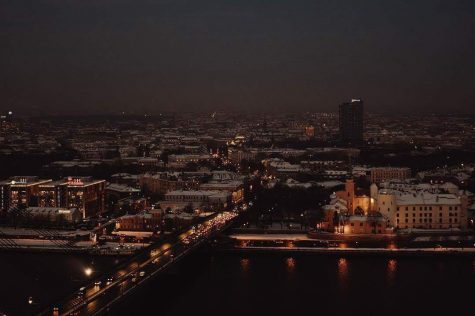
This year sees the continuation of MSHS’s tradition of sharing cultures from around the world on one very special night: World Language and Culture Night. The event was raised to a much grander scale than previous years, with the MSMS band playing various songs from foreign languages, a local Mariachi band playing music, food trucks with food from their respective countries, and samples of student-made soup being served by the high school’s culinary program. Also continuing from previous years are student presentations on different aspects of foreign language and culture, including those from our foreign exchange students. Among the foreign exchange students, Valerija Barkanova (12) comes from one of the smallest countries of them all, contrasting with the grandness of the night’s event; however, what her country of Latvia lacks in size, it certainly makes up in culture.
For reference, Latvia has a land size of 64,589 km², which is less than a fourth of the 269,837 km² of Colorado. That is indeed very small, although Barkanova would argue that there is more to a country than size. “Mostly when people study about countries, they start to study geography and political stuff, so I kinda wanted to pay attention to culture and art traditions,” she said, referring to the video she made for her presentation for World Language and Culture Night. Thus, her video focused primarily on the culture and traditions of Latvia, of which there are numerous examples of.
For starters, there is Jāni, Latvia’s annual festival, held on June 24th, celebrating the summer solstice. People wear traditional clothing, eat cheese, drink beer, have fires, dance, sing songs, and generally observe ancient folk traditions in celebration of the solstice. Whereas there is an approximate population of 1.9 million during the rest of the year, the summer solstice brings the country’s population up to 2.2 million. There is also an annual contest for the biggest pumpkin, with this year’s winner being near 360 pounds. Pumpkins are indeed grown in Latvia, but they aren’t known to be eaten frequently. “We just don’t eat them as much as potatoes or buckwheat.” However, the Latvian Song and Dance Festival is the biggest event of them all, which takes place every five years. It is an international singing and dancing competition, of which contestants come from all over the world to compete in. This grand festival always manages to brings in a large crowd of people.
When asked about the differences between America and Latvia, Barkanova stated many such differences. There’s the size of things, including the size of her country, as well as the small houses and four to nine floor-apartments of her country, contrasting with the large, private houses common in America. Then there’s the age of things, as Latvia generally has a longer history than most of America, with Riga being especially old at around 850 years now, and many buildings originating from the 17th century. About a third of the population lives in Riga, the country’s capitol, which is divided into two parts: Vecriga (Old Riga), with it’s old buildings, shops, and restaurants for tourists, and Pardaugava, the more modern part. Some people still live in the rural areas, but more and more are moving to Riga as of late. On the transportation side of things, Latvia employs a lot of public transportation because it’s generally easier to get around, with the main and capitol city of Riga being a historic one. People mostly get around with bicycles, but it’s also popular to walk to work when it’s near, so people try to find work near their houses and just walk, as the distances aren’t too great. “I walk to school every day. It takes me only 15 minutes, but the closest school is just three minutes, so it’s really near,” Barkanova said of her walking habits. The country also uses trolley buses because not only do they simply work, but electricity doesn’t pollute by itself. Their electricity, of which, is generated by the sea near Riga, wind turbines, turbines in rivers (not so much recently because of the harm done to river ecosystems), and as of recent, solar panels, which have gained a lot traction, although they’re not too effective because of the inconsistencies in sunny days in Latvia. The country also buys coal from other countries because it doesn’t have any of its own; but even so, the country’s major source of energy remains from renewable sources.
There are other notable differences as well. “When I bought my first candies (in the US), I was like, ‘Oh my gosh, they’re so sweet!’ Even the unsweetened candies and dark chocolate are so sweet here.” Barkanova is, of course, referring to the differences in food. Latvians don’t eat as much bread as Americans, and they try to use a lot of dairy products, such as kefir. Likewise, they consume buckwheat on a regular basis nationally, which Americans either don’t eat a lot of or haven’t heard of. So much so, in fact, that Barkanova herself was surprised to see that wheat was the norm in America when she arrived here. Additionally, Latvians eat far more potatoes than Americans, which is to be expected, considering Latvia’s relative proximity to countries like Belarus and Russia where the main staples are potatoes. Speaking of which, the main staple of Latvia are beans, which provide the high protein content of meat, while coming in at a lower price for those who may not be able to afford meat. Barkanova also stated that Latvian cold soup; mainly composed of kefir or buttermilk with beets; is also fairly popular.
When asked what sets Latvia apart from other countries, Barkanova enthusiastically stated many unique aspects of her country. For one thing, the country tries it’s best to retain its culture and traditions from way back in history. Thus, it’s really popular to sing and dance in Lavia, including old traditional dances. Until the 11th century, Latvia was a pagan country, so they had gods of all sorts of things like the sun and clouds. “So they had their symbols, and each symbol meant something, not just a god of something. For example, there is the symbol of strength. It’s still kinda popular now, and we have such bracelets here, where there are symbols on them that symbolize things like strength or power, so we still kinda believe in them.” The country is comprised around 40% by forests, which Latvians are proud of, since they’re not as polluted of a country as others. Therefore lots of things are produced with wood, and with large tracts of forest comes amber, which gets made into rings, necklaces, and bracelets.
Moreover, because the country is ecologically focused, the number of factories are limited, but the ones that they have are for critical processes, like food and wood processing. The country’s population strides to eat natural foods, and to complement this, they have a small market in each neighborhood, where people sell fresh produce like vegetables, berries, and large quantities of apples. On the academic side, Latvia still has twelve grades, but it has them all in the same building. The building is split in half, however, with one half being from first to third grade; or first to fourth grade, depending on the school; and the other half being until twelfth grade. The students can’t choose their subjects at all, like we can, so they just have to take about 16 subjects during the school year. “Some schools are kinda nice because they don’t have a lot of subjects, but in many schools that try to be cool, including ours, we study five languages, […] so it’s kinda difficult.” One nice aspect of Latvian public schooling, however, is that programs are offered for high school to connect them with careers that they’re interested in, such as engineering, social studies, or math, as Barkanova did. This means that high school students can adjust their learning to match their career interests, which is certainly a smart and forward-way of thinking, even for such a traditional country.
Perhaps that’s the misconception about Latvia; that the country is some small, undeveloped country that simply can’t keep up with the advancing modern world. But that simply isn’t true. The people have adapted by turning Old Riga into a tourism hotspot, by adopting renewable energy sources, by employing a system of public transportation in the cities, and especially with the career-specific learning program. Latvia is a small but hearty country that respects its culture and traditions and, ultimately, is defined by them, not its geography or politics, as Barkanova would most assuredly agree with.

